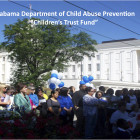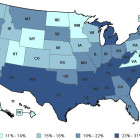
The Importance of Evidenced-Based Research in Establishing Juvenile Justice Policy
|
Over the last few decades politicians have advocated for stricter sentencing guidelines and for trying more juveniles as adults. These decisions have been largely driven by public fear and a desire by elected officials to be seen as “tough on crime.”
They do not rely on evidence-based research, one of the least used methods for determining juvenile justice policy. Some of these attitudes seem to be changing though. Over the last few years, research has generated data that are beginning to be acknowledged by policy makers. One such study is Pathways to Desistance, sponsored by the Office of Juvenile Justice and Delinquency Prevention in partnership with many other groups interested in effective juvenile justice practices.






